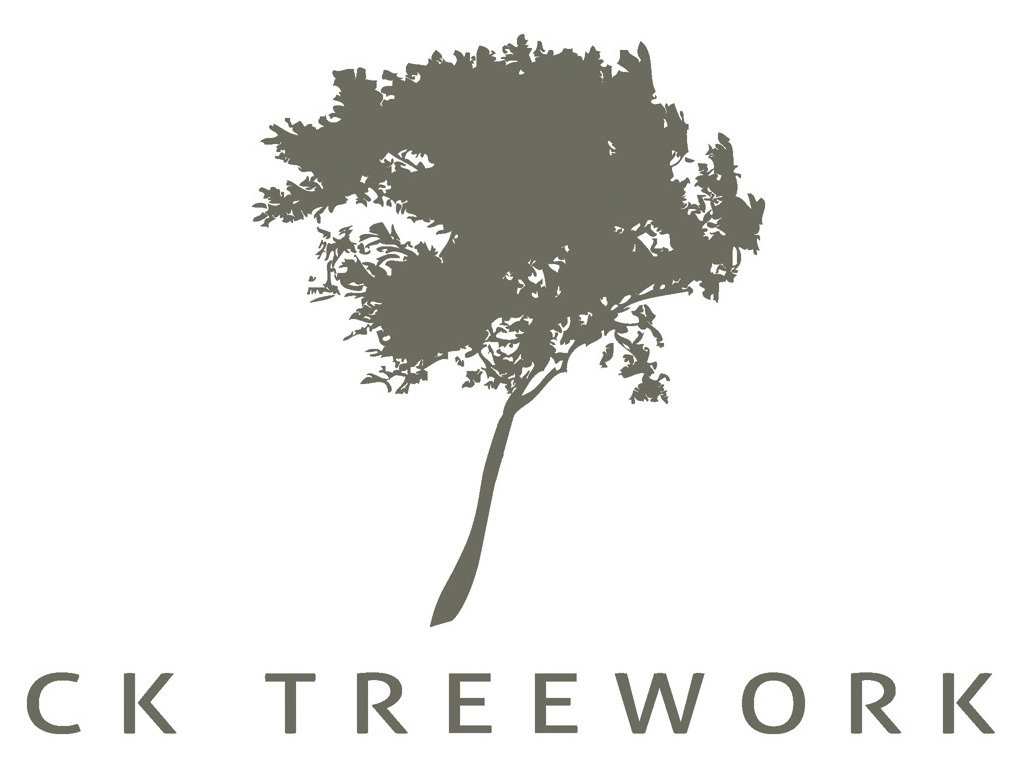Why Tree Pruning is Important
Staying on top of pruning is essential to maximise the value of your landscape and the health of your trees. It’s a win-win for you and the environment!
To get you up to speed with some of the critical areas we look at when we take on any tree pruning work, here’s our list of essential tasks that you might find helpful too…
Reducing risk of dangerous trees by weight and crown reduction and thinning, while maintaining the natural shape and form of its species.
Optimising view and light on a property.
Aesthetic and fine pruning which can include reducing plant size, hedge and fruit tree pruning and restoring storm damaged branches and trunks
Formative pruning in the early stages of a tree’s life to define its shape. After the strong ‘leaders’ are identified, the weak damaged or cross branches are removed to ensure the tree matures in good shape and health.
Corrective pruning to trees that have had no formative pruning in their early years, and as a result have matured in poor condition.
Removal of invasive unwanted weed species before they take control.
Pruning out dead and diseased branches to improve health, longevity and appearance of trees.
Tree thinning which allows more light to spread through the crown of the tree and improves the circulation of air to transport nutrients throughout the tree. This can impact positively on your environment by allowing sun and light into your home, house and garden.
Tree lifting, which is achieved by carefully removing lower branches from the tree and lifting the crown of the tree to the desired height. This can effectively increase garden space, and improve light underneath the tree.
Crown restoration that primarily focuses on removal of unwanted activity in the tree, such as pests and diseases, caused by neglect. The objective is to prevent further decay and possible hazards that may arise because of it.
Removal of dead wood (dead wooding) to tidy the tree, and prevent further decay and loss of structural integrity.


